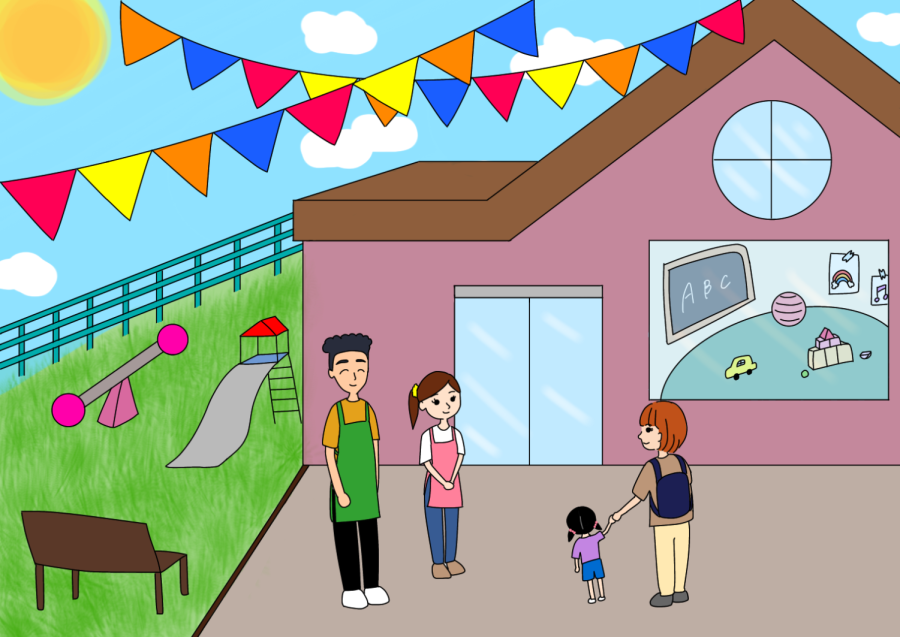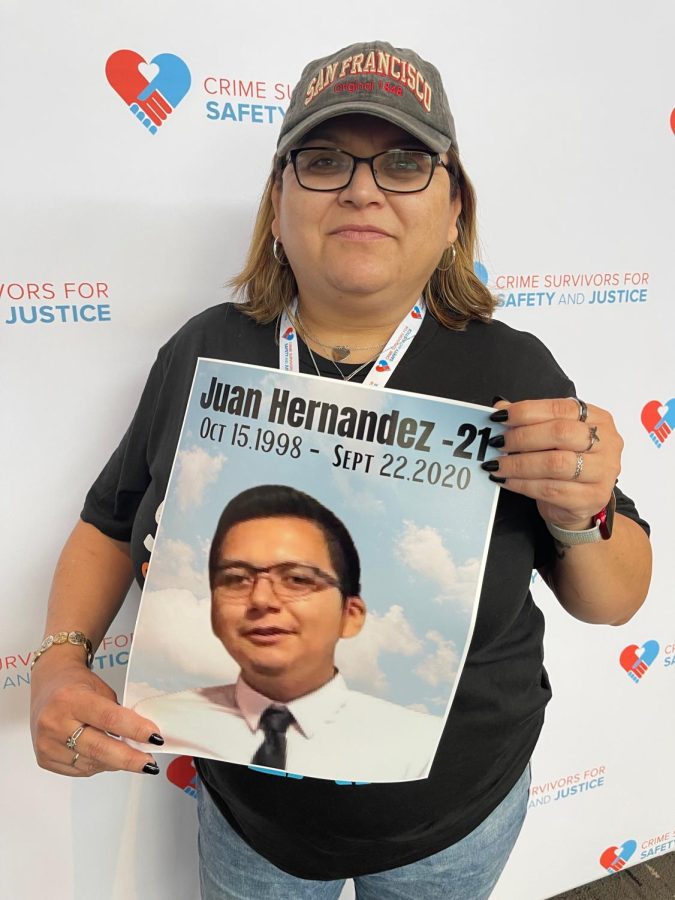Nudity takes on a new look in in a life painting class where students learn to paint the human form from live models.
The class, taught by professor Robert Koboshi, focuses on developing the ability to view the human form and then expressing it as art on canvas.
Rather than “teach” his students, Kobashi said he helps them find how to “learn so that they can teach themselves.”
“‘Teach’ is a very curious word,” Kobashi said. “In mathematics you can teach that two plus two equals four and in art you can teach that yellow plus blue equals green.”
“I don’t work that way,” he said.
“He understands the different ways people can work and that not everyone is the same,” Sharon Ariannia, EC art student, said of Kobashi.
Kobashi guides his students by offering suggestions and comments, rather than following a traditional teaching method.
“I think that however accomplished a painter, there are always observations to be made,” Kobashi said, “Even if you see a Rembrandt, there are observations to be made.”
Students are not expected to paint or create any set look, but are allowed to express themselves freely.
“You don’t feel like you’re in class,” Ariannia said, “and someone is here for you if you need it.”
“The quality of a painting varies from individual to individual,” Professor Kobashi said. “Looking at the history of painting the human figure, there is a great deal of variation.”
The students learn to paint the human figure from live models, who can be male or female, costumed, partially nude, or fully nude.
“I prefer painting from life as opposed to painting from a photo,” Christina Peck, art student, said. “It flows more.”
There is “no criteria to achieve a good painting,” Kobashi said, but there are points that the class touches on to help students with their individual needs, such as studying color, brushwork, stylizing, and composition.
“I’d rather see individual sensibility come through than academic correctness,” Kobashi said of the class.
“It is not so much my instruction that results in a good image, ” Kobashi said. “Good art happens because of the individual.”
A model poses for several sessions, up to a cumulative 12 hours, giving students plenty of time to experiment with different creative possibilities.
Time is one of the incentives that lured art student Edgar Alvarado to the class, who said that he didn’t have time available at home to work on his art.
“This is a wonderful class, you get to explore new ways of painting,” he said. “I’ve learned how to work with colors and work in harmony in relationship to the body.”
While the students all observed the same female model, her image varied from canvas to canvas.
“I want to see independence, even if it is counter to my own independence, ” Kobashi said.
Some strive to recreate a photo-like image of the model, while other students choose to paint in a more impressionistic style.
“You can be free and do what you really want to do without limitations,” Ariannia said.




